"Dear Professor.. First, we congratulate you on being selected for the prestigious Nobel Prize. We ask you if you could bring something explain your work and help us speak of your story to all the visitors of our museum." That way, the Swedish Academy was able to collect a great set of innovations and memories of Nobel prizewinners throughout history.
Opened in 2001 for the 100th anniversary of the Nobel Prize, the Nobel Museum is located in the former Stock Exchange Building (Börshuset) on the north side of the square Stortorget in Gamla Stan, the old town in central Stockholm, Sweden. It is also located along the Swedish Academy and the Nobel Library.

Despite its medium size, the Nobel Museum showcases information about the prestigious Nobel Prize that has begun since more than 117 years, as well as information about the founder of the prize, Alfred Nobel (1833–1896). The museum also showcases many artifacts donated by Nobel laureates, presented together with personal life stories.

For more than 17 years, the Nobel Museum has become an important institution among the world's science museums. More than 200 thousand persons visit it a year. In addition, it organizes annual exhibitions abroad, visited by more than six million visitors, including more than 250 thousand visitors in India alone in just three months.

Most importantly, the prestigious Nobel Museum organizes guided school programs and tours about scientific and life artifacts, and Nobel laureates. The Swedish Academy considered that the museum should be a reflective and smart mirror to the Nobel laureates and their achievements, so the museum offers scientific exhibitions, films, plays, and debates.

The museum often organizes innovative exhibitions such as Sketches of Science, and photography exhibition, where more than 40 portraits of Nobel laureates holding their own drawings of their discoveries. The exhibition had also been held in other parts of the world, including Dubai and Singapore, as well as regular bookstores, souvenirs, cultural café, and some popular museums, such as Marie Curie, Nelson Mandela, and Winston Churchill museums.

Year after year, the Nobel Museum is growing and its exhibits are doubling, so that it has become packed of artifacts and stories of Nobel prizewinners. Thus, the Swedish Academy is seriously considering moving the museum to a larger building. One of the proposed locations is Skeppsholmskyrkan, a secular church on the islet of Skeppsholmen in eastern Stockholm, Sweden.
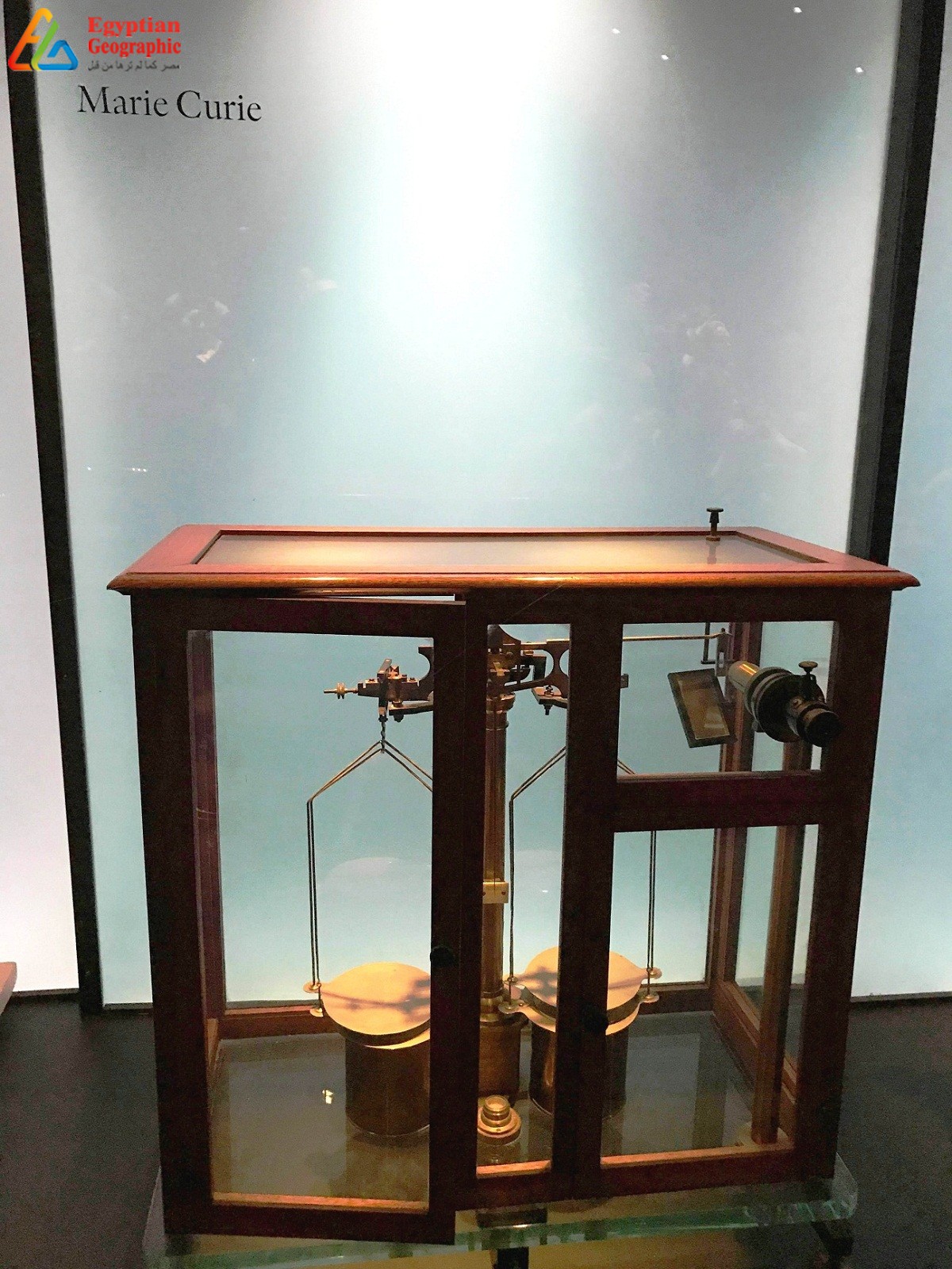
In 2015, Mohammed bin Rashid Al Maktoum Foundation opened the Nobel Museum Exhibition in Dubai for a month. That was the first time the exhibition was being hosted in the region for the purpose of highlighting the position of the Nobel Foundation. The exhibition included five pavilions. The first pavilion offered an introduction to the Nobel Prize, its history, goals, and its specific areas. The second pavilion highlighted Alfred Nobel, his inventions and discoveries. The third gave an overview of the history of the Nobel Prize, the Nobel laureates and their work. The fourth pavilion demonstrated the link between Nobel Prize-awarded efforts and everyday life, while the fifth addressed how Nobel Prize-awarded discoveries may affect the future.

There were a number of workshops and events associated with the exhibition, including "Spark of Creativity", held on 5th of April by Tobias Degsell, Curator at the Nobel Museum. Tobias Degsell developed in 2010 a concept named the Spark of Creativity for business professionals. The second workshop on "Impact of The Nobel Prizes" by Dr. Gustav Källstrand, Senior Curator at the Nobel Museum, would be organized on Sunday 12th of April. The workshop on "Micro-finance", addressed by the Bengali Nobel laureate Muhammad Yunus, would take place on 19th of April. Finally, Dr. Katarina Nordqvist, Head of Research Department of the Nobel Museum, would speak on "Medical Advances from Nobel Discoveries" on 26th of April.




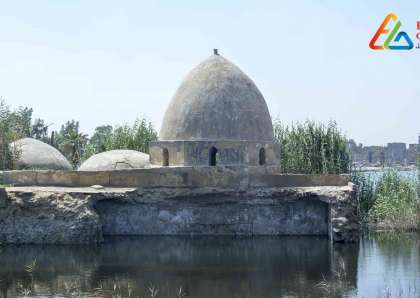

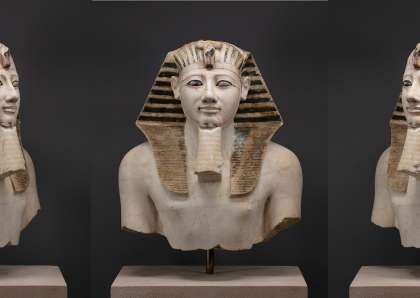












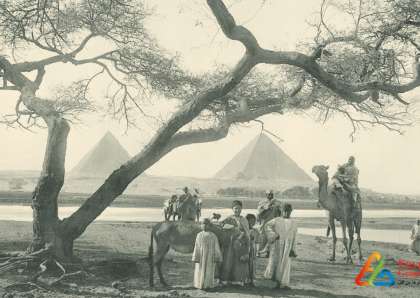

























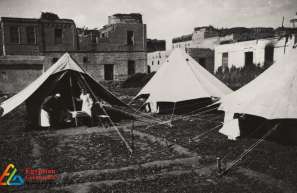



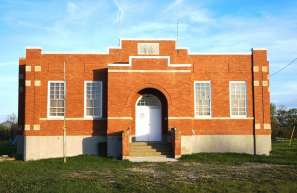








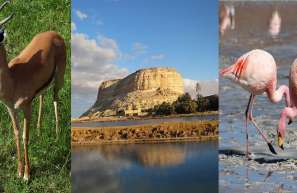
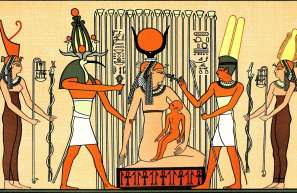







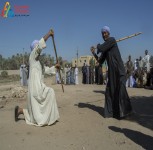


Egyptian Site & magazine